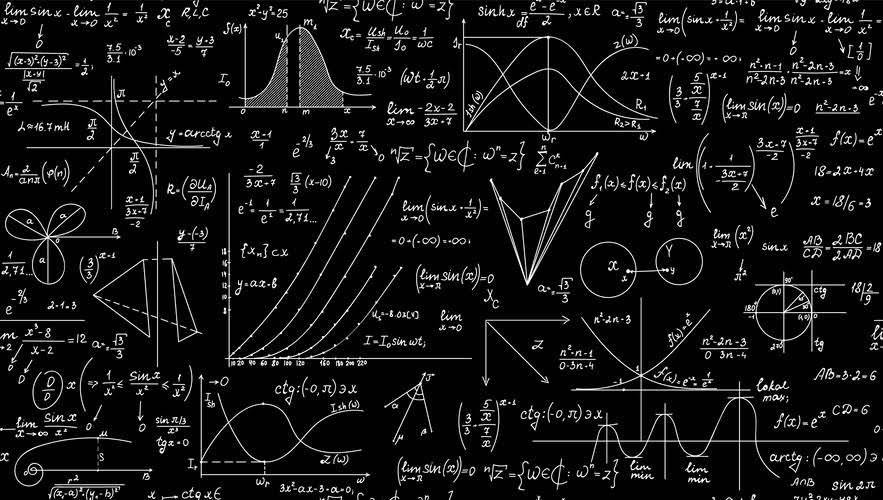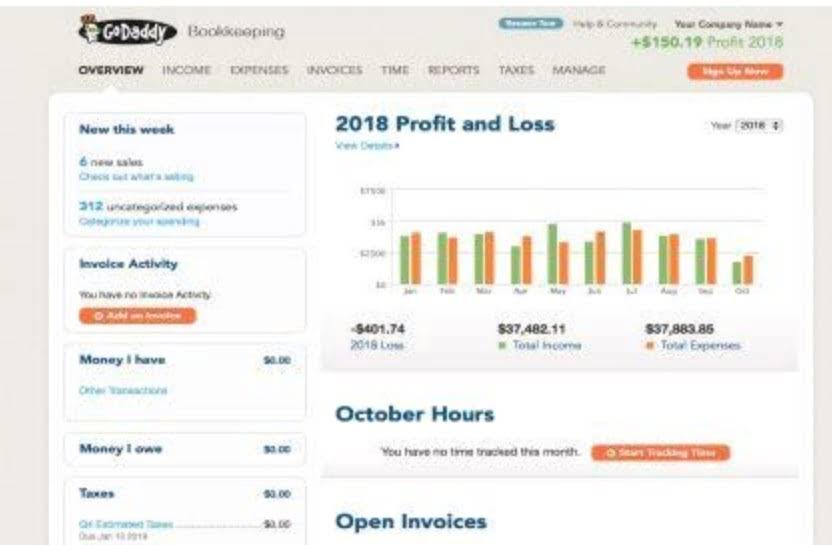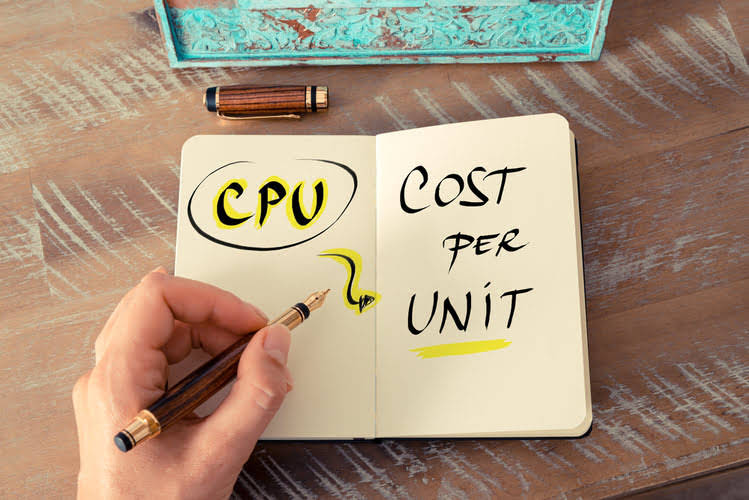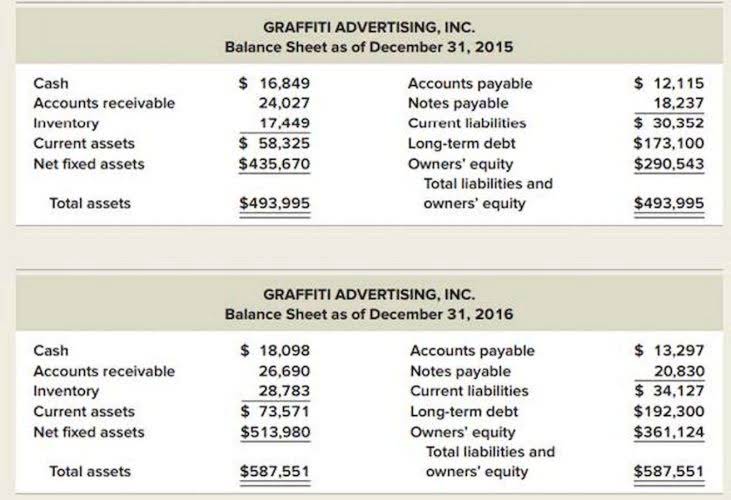
A balance sheet is a snapshot of the financial condition of a business at an instant in time — the most important moment in time being at the end of the last day of the income statement period. The balance sheet is unlike the income and cash flow statements, which report flows over a period of time. The balance sheet presents the balances (amounts) of a company’s assets, liabilities, and owners’ equity at an instant in time. By comparing your business’s current assets to its current liabilities, you’ll retained earnings balance sheet get a clearer picture of the liquidity of your company.
How to Read a Cash Flow Statement
- Lastly, these statements are legally required to be produced and filed by public companies.
- Such asset classes include cash and cash equivalents, accounts receivable, and inventory.
- With a cash flow statement, you can see the types of activities that generate cash and use that information to make financial decisions.
- The $6.33 billion in inventory listed assumes it will all sell for full price, and the $29.5 billion in accounts receivable assumes 100% of Apple’s customers will pay their bills.
- Also, businesses buy many things on credit and at the balance sheet date owe money to their suppliers, which will be paid in the future.
- Notice that the balance sheet in the illustration is presented in a top and bottom format, instead of a left and right side format.
Balancing these two types of assets is crucial for financial health. You don’t want to stock your Batcave with too many Batarangs, right? If a company has too much in current assets, it might be overly focused on short-term liquidity. However, if too much value is tied up in non-current assets, it might show a focus on long-term growth at the cost of daily operations.
Basic Accounting Terms

It’s possible that such a business could lease its long-term operating assets instead of owning them, in which case the business would report no such assets. They are fixed because they are held for use in the operations of the business and are not for sale, and their usefulness lasts several years or longer. Annual reports often incorporate editorial and storytelling in the form of images, infographics, and a letter from the CEO to describe corporate activities, benchmarks, and achievements. They provide investors, shareholders, and employees with greater insight into a company’s mission and goals, compared to individual financial statements. It allows you to see what resources it has available and how they were financed as of a specific date.
- Generally speaking, retailers have a higher ratio of sales to fixed assets than heavy equipment manufacturers and transportation companies (airlines, truckers, and so on).
- This structured layout enhances readability and provides a clear overview of the totals for each account.
- Long-term liabilities are debts and other non-debt financial obligations, which are due after a period of at least one year from the date of the balance sheet.
- When a company buys a fixed asset, it records the purchase on its balance sheet.
- With a firm understanding of the balance sheet basics, you can use this report to guide financial decision-making in your business.
What Can You Tell From Looking at a Company’s Balance Sheet?

The chart of accounts is something that can be used as a master list of all the accounts in my organization‘s general ledger. It’s like a roadmap that helps me organize and categorize every financial transaction, making it easier to track and manage the company’s finances. Accruals are credits and debts that I’ve recorded but not yet fulfilled.

Liabilities

Banks and suppliers use them to determine if they can offer a loan, overdraft or credit facility. A balance sheet provides a summary of a business at a given point in time. It’s a snapshot of a company’s financial position, as broken down into assets, liabilities, and equity. Balance sheets serve two very different purposes depending on the audience reviewing them. Public companies, on the Bookkeeping for Painters other hand, are required to obtain external audits by public accountants, and must also ensure that their books are kept to a much higher standard.
Your method of collecting money is often referred to as your payment gateway. Whether you provide freelance services, set up shop at a local farmer’s market, or run a global e-commerce business, you need an easy (and legal) way to collect what you’ve earned. The accrual method recognizes revenue and expenses on the day the transaction takes place, regardless of whether or not it’s been received or paid. balance sheet for dummies This method is more commonly used as it more accurately depicts the performance of a business over time. It’s another important account term that refers to the day-to-day recording, categorizing, and reconciling of transactions.
Leave a Reply